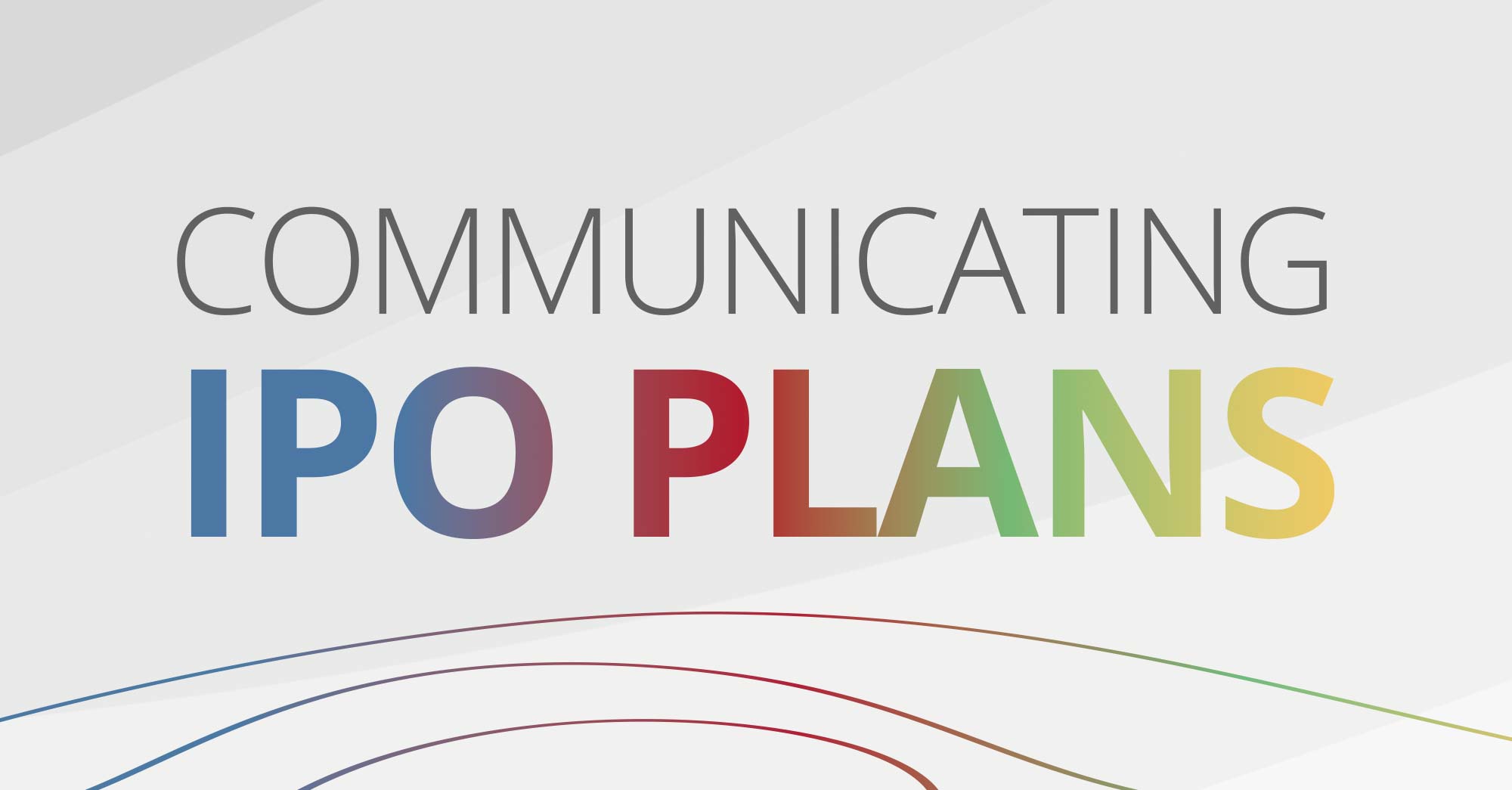While going public is a busy and stressful time, it’s also an exciting opportunity for any company and its employees. Strengthening the impact of your communications strategy as you prepare to go public will help to defuse employee doubt and speculation, especially when it comes to their equity plans.
In this article, we discuss how to effectively use a communications strategy to manage complicated questions, and dispel any uncertainty in the lead up to an IPO.
5 IPO FAQs for Employees
In the face of change, employees will have questions. Lots of questions, so we compiled the 5 most frequently asked ones that will pop up in the lead up to an IPO.
Q: What does an IPO Mean for Employees?
You can start with the meaning of IPO – The company (still privately held) is about to launch an Initial Public Offering (IPO), selling shares on a stock exchange for the first time. Our IPO for beginners guide will help your employees understand this process.
It’s also appropriate to highlight :
- Goal – raise capital for growth, plan for M&A, or pay off debt
- How do employees benefit from IPO?
- What to expect – more new employees, more product launches on the new journey.
- Any changes to the daily operations of different departments – Filing, communication and reporting procedures?
Q: What will Happen to Our Pre-IPO Equity Compensation Plans?
As soon as your compensation plans are IPO ready, you should explain to employees how this will unfold in your company.
In the case of stock options, let your team know of any changes to their vested and unvested stock: Will the options continue to be theirs? Do vesting schedule and mechanics of exercising remain promised?
Remind them it’s worth comparing their strike price (or exercise price) and what their shares are now worth following an IPO – as this is likely to increase, meaning an increase in value for them.
Don’t forget to cover the tax implications of selling stock. If not, it won’t be long before anxieties begin to rise and employees try searching online for answers.
Q: Can we Sell our Shares Right After IPO?
Company shareholders (very commonly) can’t sell their shares until a certain number of days, usually 90 to 180 days, after IPO. It is called a lock-up period as a way to help stabilize the stock’s price following the IPO.
If you have a lockup period, you should let your employees know.
Q: When Should we Sell?
There’s no one-size-fits-all solution to this question because there’s much to consider before selling your shares including tax implications and appetite for risk.
It’s important to strike a balance between turning paper profits into realized gains and participating in possible future upsides. The advice is it’s best to be prepared.
Q: What we Can and Can’t Say in Anticipation of IPO?
Once the IPO process has been initiated, rules and regulations kick in around what can and can’t be said in a public forum.
It might be difficult for all employees to understand every detail, so it may be best to encourage them to say as little as possible about the company to anyone outside the company when the IPO is ongoing.
So, in an effective communications plan, it is necessary to explain to employees that they need to be careful about what they say in public settings. Innocent comments made to outside parties and journalists about the company’s performance could be deemed to be inappropriate disclosures.
Prepare an IPO Communication Strategy to Answer & Inform Employees
Now, we know the most common questions employees ask when their company is going public. It’s a good time to create an IPO communication strategy to effectively address their concerns. Here are some tips:
1. Never Too Soon to Start Communicating
It’s never too soon to begin communicating the upcoming changes to employees.
Employees will be more motivated when they feel informed. Schedule a “town hall”-style meeting at the earliest opportunity after making the decision to pursue an IPO and commit to keeping employees informed throughout the journey.
By providing relevant information and updates on an ongoing basis, you can reduce some elements of uncertainty.
Don’t allow a vacuum to develop in which people turn to gossip in the absence of hard information.
2. Accentuate the Positives of Going Public
Spell out the benefits of going public to your employees without overselling them.
It is important to treat your employees with respect, that you don’t talk down to them, and that you don’t look to sell a transparently PR-driven line. If an already anxious group feels they are being condescended to or that their concerns are not being taken seriously, then you run the risk of poisoning relations.
Of course, you will want to deliver a crafted message to emphasize the benefits and provoke the desired response from the workforce. But just don’t let that message sound too crafted.
3. Keep Written Communication Concise
One of the purposes of a pre-IPO people communications strategy is to remove or reduce ambiguity within the workforce on what going public will mean for them.
This will require a conscious effort to keep written internal communications concise and to the point. Lengthy rambling missives – even if the “house style” up to this point has been for a casual, informal approach to internal correspondence – are best avoided.
State clearly and briefly what the update is about so that at the very least there has been no misunderstanding by the time an individual reads the message
4. Provide Employees with Tools to Inform Themselves
Effective communication isn’t merely about how you speak at a meeting. Sometimes it involves steering your audience toward other sources of good information.
As mentioned earlier, a company’s approach to equity compensation will change as they move from private to public. This is one of the areas that will most preoccupy employees, as any individual participating in a plan will be eager to find out how or if they will be affected.
With that in mind, it is worth creating a resource library or hosting a course, including how the company’s approach to equity plans will be impacted by going public. They are good tools to manage complicated questions.
Include a resource library/course as part of the comms strategy to keep employees informed
Communications Don’t Stop When the Bell Rings
While our primary focus here is on communications pre-IPO, it is important to stress that the need to engage with employees does not stop when the first bell rings on listing day.
Companies will still need to keep lines of communication open to employees and help to guide them through the post-IPO period. Employees will have questions around how the move from private to public will impact them, but taking the time to address them will help to ensure that morale and productivity hold up as the company moves toward massive and long-lasting change
Please Note: This publication contains general information only and J.P. Morgan Workplace Solutions is not, through this article, issuing any advice, be it legal, financial, tax-related, business-related, professional or other. J.P. Morgan Workplace Solutions’ Insights is not a substitute for professional advice and should not be used as such. J.P. Morgan Workplace Solutions does not assume any liability for reliance on the information provided herein.



